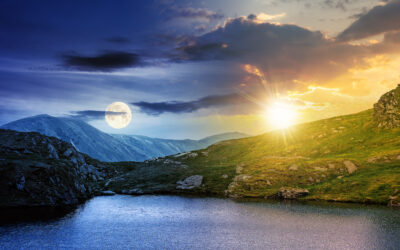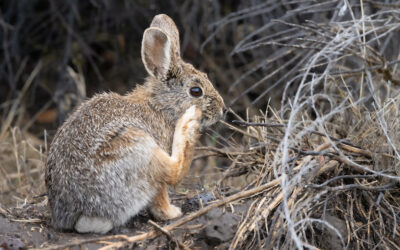We often categorize fruits based on their culinary uses, but botany tells a different story when it comes to classifying them scientifically. One of the most surprising revelations in the world of plant biology is that bananas are berries, but strawberries are not. This botanical twist can make you question everything you thought you knew about your favorite fruits.
To understand this, we need to look at the scientific definition of a berry. Botanically, a berry is a fleshy fruit produced from a single ovary and containing one or more seeds. The seeds must be embedded in the flesh of the fruit, not located externally. By this definition, bananas fit perfectly. They develop from a single ovary, and though we typically eat bananas when they’re seedless, wild bananas contain small seeds within the fruit’s flesh.
On the other hand, strawberries do not meet the botanical criteria for berries. Strawberries are actually considered “aggregate fruits.” This means that they form from multiple ovaries in a single flower, and the seeds are located on the outside of the fruit. Those tiny, crunchy bits you find on the surface of a strawberry are actually the fruit’s seeds, making it quite different from a berry by scientific standards.
The confusion about what constitutes a berry doesn’t stop there. Other fruits we commonly call berries, such as raspberries and blackberries, also fail to meet the botanical definition. Like strawberries, they are aggregate fruits. In contrast, fruits like cucumbers, kiwis, and even tomatoes are true berries under the botanical definition.
This classification might seem strange, but it highlights how our everyday language can differ from scientific terminology. While we use the word “berry” to describe small, juicy fruits that we enjoy in desserts and smoothies, botanists rely on more precise definitions based on the structure and development of the fruit.
Next time you enjoy a fruit salad, you can impress your friends by explaining that their bananas are, in fact, berries, while their strawberries are not. This quirky fact about fruit classification serves as a reminder that nature doesn’t always follow our culinary conventions!
Related Articles
The Science of Spring Equinox—A Balance of Day and Night
The spring equinox, which occurs around March 19–21, is a celestial event when day and night are nearly equal in length across the globe. This happens because the Earth’s axis isn’t tilted toward or...
The History of Green Beer—A St. Patrick’s Day Tradition
Green beer is a St. Patrick’s Day classic, but you might be surprised to learn that it wasn’t invented in Ireland—it was actually created in the United States! The first known instance of green beer...
The History of the Lucky Rabbit’s Foot—A Strange Superstition
The rabbit’s foot has long been considered a symbol of good luck, but its origins lie in ancient folklore and magic. Some cultures believed rabbits were supernatural creatures due to their burrowing...





